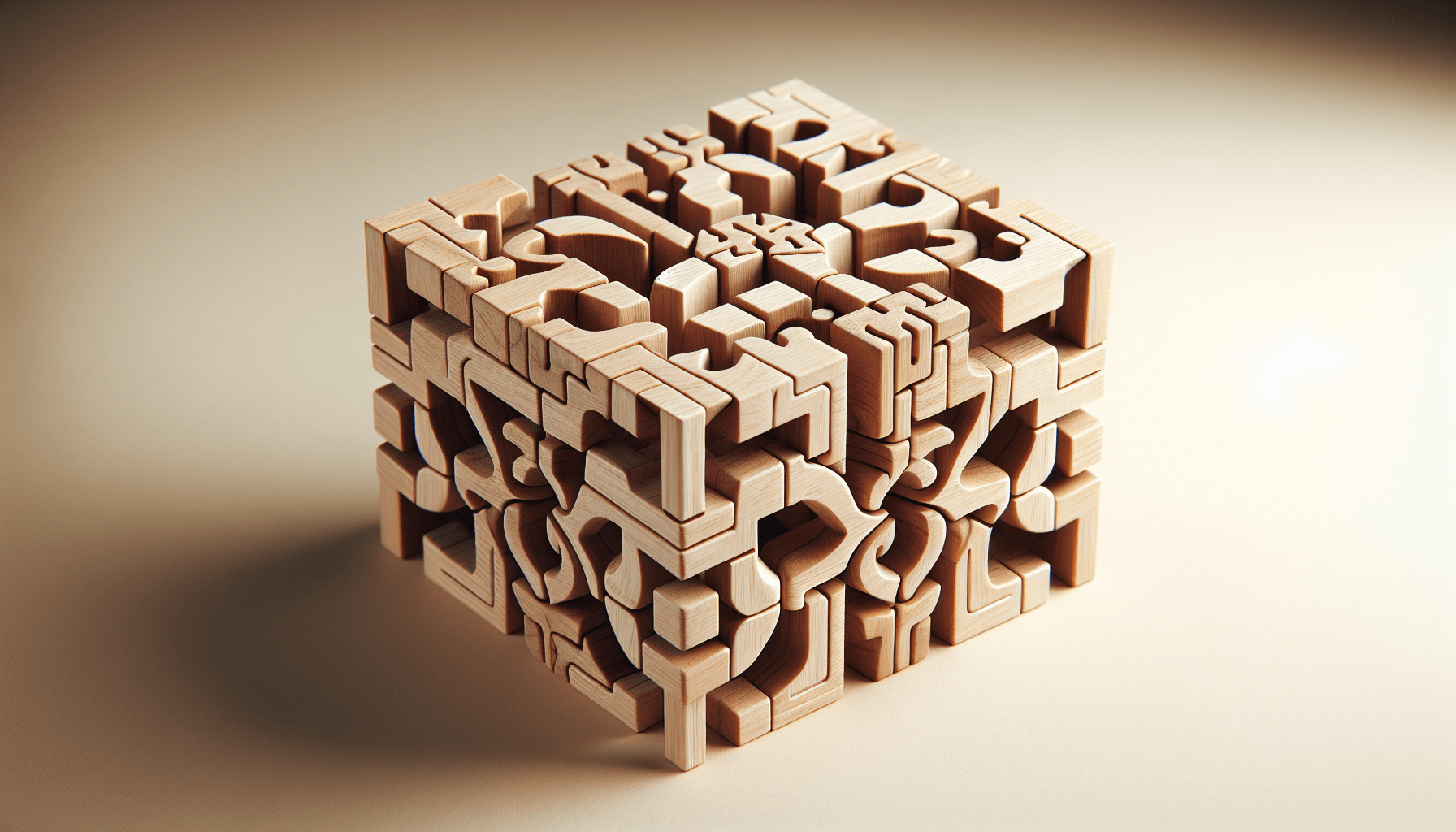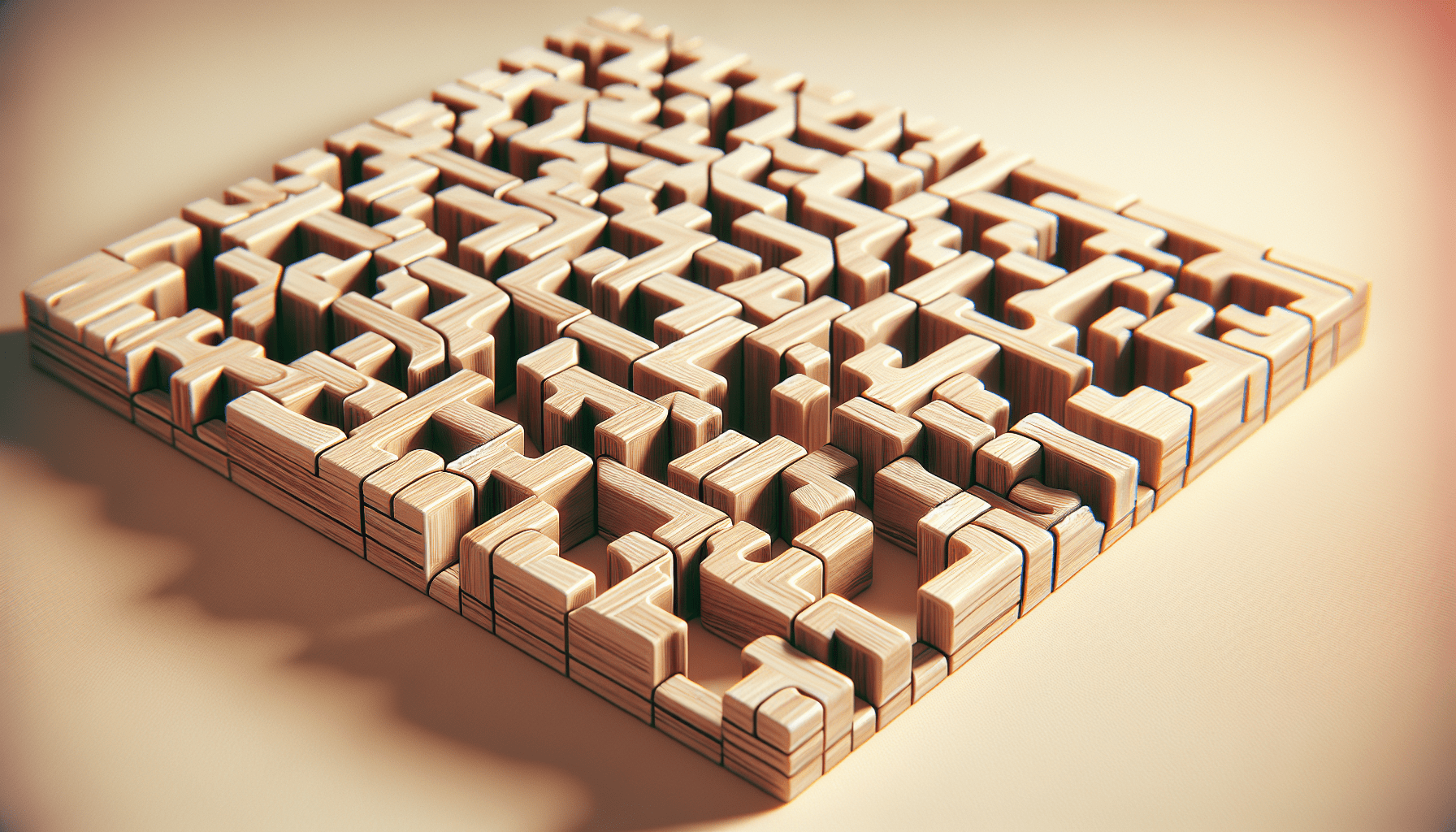Have you ever found yourself marveling at the intricacy of a 3D wooden puzzle and wondered how to piece it together more quickly? Crafting these detailed puzzles, made by manufacturers like Robotime, Rokr, Ugears, and others, can be an immensely satisfying hobby. But it can also be a time-consuming one. So, are there any tips for building 3D wooden puzzles faster? Absolutely, there are!

Understanding 3D Wooden Puzzles
Before diving into tips and techniques, it’s essential to understand what 3D wooden puzzles are and why they’re so appealing. These puzzles are not just toys; they are intricate models of anything from iconic landmarks to complex machinery. They come in various difficulty levels and often include moving parts. The satisfaction of completing one is unmatched, but any avid puzzle builder will tell you that time efficiency adds to the fun.
Common Brands
Here are some well-known brands you might encounter in the realm of 3D wooden puzzles:
| Brand | Characteristics |
|---|---|
| Robotime | Known for mechanical puzzles and detailed designs. |
| Rokr | Focuses on educational and mechanical themes, often featuring gears and moving parts. |
| Ugears | Offers a wide range of mechanical models, including cars, clocks, and more. |
| Wood Trick | Specializes in both static and dynamic models with a focus on realistic designs. |
| EWA | Known for eco-friendly materials and educational value. |
| Vitascope | Produces intricate and sometimes themed puzzles, such as vintage cameras. |
| Wooden City | Features architectural and mechanical puzzles, known for their craftsmanship. |
| Handmadecity | Offers custom and highly detailed puzzles with an emphasis on quality craftsmanship. |
Understanding the unique characteristics of these brands can help you choose the right puzzle for your skill level and interest, which is the first step toward building it efficiently.
Preparation and Organization
Choose a Suitable Workspace
Selecting a good workspace is one of the most critical steps in speeding up your puzzle-building process. Ensure that your workspace is well-lit and spacious enough to accommodate all the puzzle pieces and instruction manuals. A clutter-free area will save you from the frustration of losing small parts.
Read the Instructions
Resist the urge to jump in without reading the instructions thoroughly. Spending a few minutes understanding the instructions can save you hours of confusion and frustration later.
Sort Your Pieces
Before starting to assemble, sort your pieces into different categories. Some people prefer to sort by size, while others may sort by shape or even by the stage in which the pieces will be used. Sorting helps you keep track of all components and speeds up the finding process.
Tools You Might Need
While most 3D wooden puzzles don’t require any tools beyond your hands, having a few basic tools on hand can make the process smoother. Consider these options:
| Tool | Use |
|---|---|
| Sandpaper | Useful for smoothing out rough edges or making slight adjustments to fit pieces. |
| Tweezers | Handy for picking up small parts and placing them accurately. |
| Glue | Although most 3D wooden puzzles are designed to fit together without glue, sometimes a bit of adhesive can reinforce the structure. |
Techniques for Faster Assembly
Subassemblies
For complex puzzles, it’s often more efficient to build subassemblies first and then combine them. This method simplifies the final assembly and ensures you don’t miss any small parts.
Sequential vs. Parallel Assembly
Sequential assembly involves completing one step entirely before moving to the next. Parallel assembly allows you to work on multiple steps at once. Determine which method works best for you based on the puzzle’s complexity and your comfort level.
| Method | Description |
|---|---|
| Sequential | Complete one step before moving to the next. |
| Parallel Assembly | Work on multiple steps simultaneously, suitable for complex puzzles with independent parts. |
Dry Fitting
Always practice dry fitting before final assembly. This means putting pieces together without any adhesive to ensure they fit correctly. It helps to avoid mistakes that can consume a lot of time to correct later.
Follow a Routine
Developing a consistent approach can significantly speed up your puzzle-building process. For instance, always start by assembling the base or the most stable part of the puzzle. Working from the foundation upward is generally more efficient.
Time Management Tips
Set Time Goals
Setting clear time goals for each phase of the project can help keep you focused. Break down the puzzle into smaller sections and assign a time estimate for each.
Take Short Breaks
While it might sound counterintuitive, taking short breaks can actually help you build faster in the long run. It gives you a fresh perspective and prevents fatigue, making you more efficient.
Avoid Multitasking
While it may be tempting to watch TV or listen to a podcast, multitasking can slow you down. Focus on one task at a time for maximum efficiency.

Staying Motivated
Keep Track of Progress
Regularly updating your progress can keep you motivated. Photographs or a journal can serve as a visual diary of your accomplishments.
Reward Yourself
Rewarding yourself after completing sections can act as a motivator. Whether it’s a small treat or a short break, rewards can keep you engaged and moving forward.
Join a Community
Interacting with other puzzle enthusiasts can offer valuable tips and encouragement. Online forums or local clubs can be a great source of motivation and ideas.
Avoiding Common Mistakes
Forcing Pieces
One of the most common mistakes is forcing pieces together. If a piece doesn’t fit easily, it probably doesn’t belong there. Forcing it can damage the piece and complicate the assembly process.
Skipping Steps
Skipping steps in the instructions might seem like a shortcut but often leads to more significant problems down the line. Follow the instructions meticulously to avoid backtracking.
Ignoring the Importance of Fit and Finish
Neglecting the fit and finish can make the assembly unstable. Ensuring that each piece fits correctly before moving to the next is crucial for a smooth and fast assembly.
Advanced Techniques
Customizing Pieces
If you’re comfortable with basic assembly, you might consider customizing pieces to better suit your needs. This could involve minor adjustments to pieces using sandpaper or even creating additional supports with craft materials.
Using Digital Tools
Some advanced builders use digital tools or apps to better visualize the assembly process. 3D modeling software can provide a different perspective and help you understand the puzzle’s architecture better.
Pre-Assembly Visualization
Visualizing the assembly process before starting can save time. Try to understand the entire structure and how different parts will interact.
Optimize Your Workflow
Adjust your workflow based on the puzzle’s complexity and your skill level. For example, if the puzzle has repetitive sections, complete those all at once.
Conclusion
Building 3D wooden puzzles can be both challenging and rewarding. By choosing the right workspace, organizing your pieces, using the appropriate tools, and developing efficient techniques, you can significantly speed up the process. Moreover, setting time goals, taking breaks, and staying motivated can make the task more enjoyable. By avoiding common mistakes and considering advanced techniques, you can elevate your puzzle-building experience to a new level.
With these tips, you’ll find that assembling these intricate puzzles becomes faster and more enjoyable, allowing you to spend more time admiring your handiwork and less time struggling with the assembly process.
Happy building!